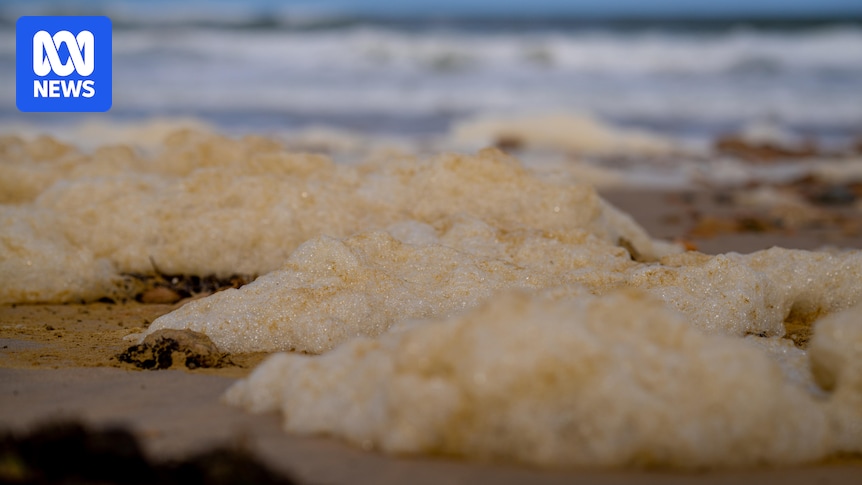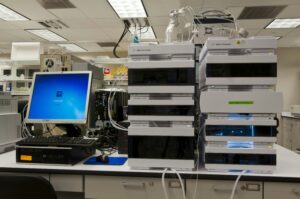
Large-scale reef restoration, advanced water monitoring, and a $1 million trial of AI-powered submersible cytobots are key components of a $102.5 million government initiative aimed at mitigating algal blooms in South Australia. This comprehensive plan, announced on Tuesday by both state and federal governments, is designed to ensure that “South Australians can enjoy their summer” without the disruptions caused by these environmental phenomena.
The final stage of South Australia’s algal bloom summer plan includes over $37 million in new funding dedicated to science and environmental efforts. This announcement follows a series of government initiatives revealed earlier in the week, including public communication strategies and incentives for coastal tourism and hospitality.
Environmental and Scientific Investments
Central to the plan is a $20.6 million investment in environmental projects, notably a large-scale native oyster reef restoration program along the South Australian coast. This initiative aims to restore critical marine habitats and improve water quality by filtering excess nutrients. Additionally, funding will support seagrass restoration research in the Gulf St Vincent, further aiding the recovery from harmful algal blooms.
South Australian Premier Peter Malinauskas emphasized the importance of science and research in addressing the algal bloom crisis. “Science and research is what will best inform good public policy-making when we contemplate the harmful algal bloom,” he stated.
The plan also includes a targeted breeding, conservation, and fish stocking program to protect species vulnerable to the algal blooms. An additional $17.3 million is allocated for science, research, and monitoring, including real-time oceanographic water quality monitoring in partnership with the CSIRO, necessitating the purchase of new monitoring buoys.
“We can’t make the algal bloom go away,” Premier Malinauskas said. “There is no silver-bullet solution here, but what we can do is respond as best as we are capable of.”
Innovative Monitoring and Mitigation Techniques
A significant aspect of the monitoring efforts is a $1 million trial of AI-powered submersible cytobots. These advanced devices are expected to enhance the understanding of phytoplankton communities and aid in developing live detection and early warning systems. The federal government, previously criticized for not funding greater monitoring of Australia’s southern waters, is now taking a proactive stance with this initiative.
The state government will also establish a $3.2 million Office for Algal Bloom Research to investigate and trial various mitigation techniques, including the use of clay and gyroid absorbent sponge technology.
Supporting Coastal Communities and Businesses
In addition to environmental measures, the plan aims to support coastal communities and businesses. On Monday, a $20 million coastal tourism package was announced, featuring a $50 dining cashback scheme and accommodation vouchers worth up to $500 for coastal communities. This initiative is designed to boost local economies and encourage tourism during the summer months.
Furthermore, the government has extended its industry support grants program with an $8 million injection. This program offers grants of up to $10,000 for small businesses and up to $100,000 for fisheries and aquaculture license holders affected by the algal blooms.
Ensuring a Safe and Enjoyable Summer
The overarching goal of the $102.5 million summer plan is threefold: to ensure South Australians can enjoy their summer, to support coastal businesses and communities, and to advance research and environmental protection. The plan is a collaborative effort, with funding equally split between the state and federal governments.
As part of the public safety measures, Surf Life Saving patrols will inspect beaches for foam and discolored water seven days a week across six metropolitan and two regional beaches. The Beachsafe app will provide real-time updates on beach conditions at 23 locations throughout the state.
This comprehensive approach to managing algal blooms reflects a commitment to both environmental stewardship and community well-being, setting a precedent for how governments can tackle complex ecological challenges.







